Tips for wearing one properly + how to wash it

To mask or not to mask? That has been the question on all of our minds for the last few weeks. Before, the consensus was for only those who are considered high risk for the coronavirus (COVID-19) to wear them.
Advertisement
Cleveland Clinic is a non-profit academic medical center. Advertising on our site helps support our mission. We do not endorse non-Cleveland Clinic products or services. Policy
But in light of recent findings, the CDC now recommends that we wear masks or cloth face coverings in public settings that might make it hard to practice social distancing etiquette — and that’s why we also recommend that you and your family members consider making it a part of your daily routine,” says Aaron Hamilton, MD.
“Wearing a cloth face mask is recommended as an extra layer of protection,” Dr. Hamilton says. “That means that you should still be following any shelter-in-place orders in your community. But when you’re venturing out to the grocery store, pharmacy or hospital, it’s wise to wear one.”
CDC experts say recent studies show that a significant portion of individuals who have the coronavirus don’t have any symptoms (in other words they’re “asymptomatic”). And furthermore, those who eventually develop symptoms (or those who are “pre-symptomatic”) can spread the virus to others before they show any symptoms.
“The coronavirus can spread among people who are less than 6 feet apart, whether that’s by talking to one another, coughing or sneezing,” Dr. Hamilton explains. “This holds true even if none of those people notice symptoms commonly reported with COVID-19, like fever, shortness of breath or coughing.”
Advertisement
Dr. Hamilton says a cloth mask will not prevent you from breathing in respiratory droplets that carry a virus, like COVID-19. But it will help to protect others from you if you happen to be infected, with or without symptoms. Furthermore, cloth masks help to reinforce social distancing and good cough etiquette, which ultimately will help to slow how far the virus spreads.
Cloth masks can also prevent you from touching your face, and can be a visual reminder to practice social distancing, Dr. Hamilton adds.
The type of cloth face masks being recommended by the CDC are not personal protective equipment (PPE) such as surgical masks or N-95 respirators, Dr. Hamilton says. Those are being reserved for healthcare workers and first responders.
“But even the cloth variety you can make yourself at home are very effective at reducing the spread of the virus,” Dr. Hamilton says.
The following people should NOT wear a face mask, according to the CDC:
The CDC recommends keeping these criteria in mind when wearing a mask or face cover:
It’s only natural to want to touch your face more when you’re wearing a mask or face cover because it feels foreign or funny to you.
“Whatever you do, try not to,” Dr. Hamilton says. “If you need to adjust it, wash your hands thoroughly before and after you touch it.”
If you need to take your mask off for a short period of time, fold it so its outer surface goes inward and against itself, Dr. Hamilton says. This will prevent the inner surface from coming in contact with the outer surface during storage.
If you’re wondering how often your mask or face covers need to be washed, the answer is simple. They should be laundered after every use.
“If you can’t wash them right away, store them in a plastic bag or laundry basket,” Dr. Hamilton says. “Hand wash or wash on a gentle cycle using hot, soapy water. Then, dry them on high heat.” If you notice damage, or if the mask is heavily soiled, it’s best to throw it away.
When it comes to protecting yourself from COVID-19, you’re the first line of defense. Take the proper precautions to stay safe whether you’re out picking up essential supplies or receiving healthcare services.
The CDC has sewing and no-sew instructions for making masks or face covers. The best part is that you can make them with items that you probably have around your home.
“Thankfully, you don’t have to be an expert seamstress to make any of the types of masks that are being recommended,” Dr. Hamilton says. “Instead of being fearful of the new mask guidelines, it’s better to view it as a DIY craft opportunity for your family for those essential trips out.
Advertisement
And remember, even with wearing a mask, you should still be taking this pandemic very seriously, practicing social distancing and doing your part to help flatten the curve.”
Advertisement
Learn more about our editorial process.
Advertisement

A pediatric psychologist weighs in on continued masking for kids
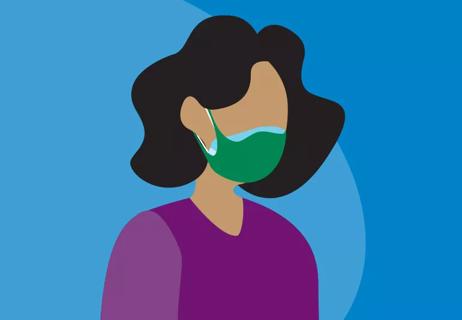
The short answer from an infectious disease specialist

What to know about running in a face mask during the coronavirus pandemic
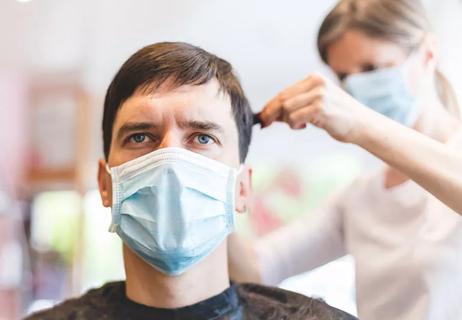
Proper etiquette for asking others to comply with mask rules
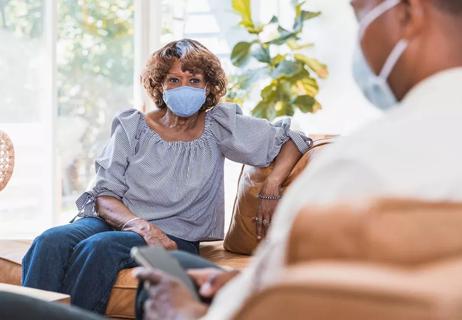
Learn how one simple action can help keep the whole family safe
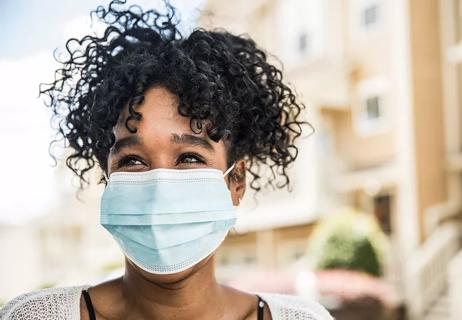
Talking points from a healthcare provider
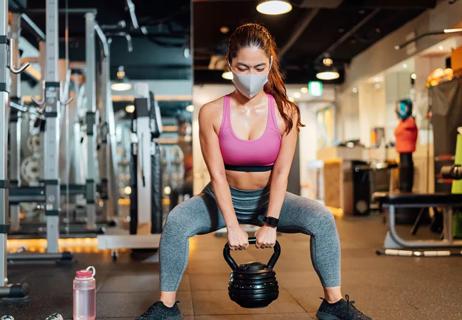
The short answer from an infectious disease specialist
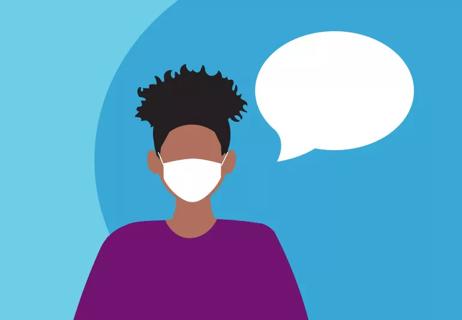
Make it easier to hear and be heard

Type 2 diabetes isn’t inevitable with these dietary changes

Applying a hot or cold compress can help with pain